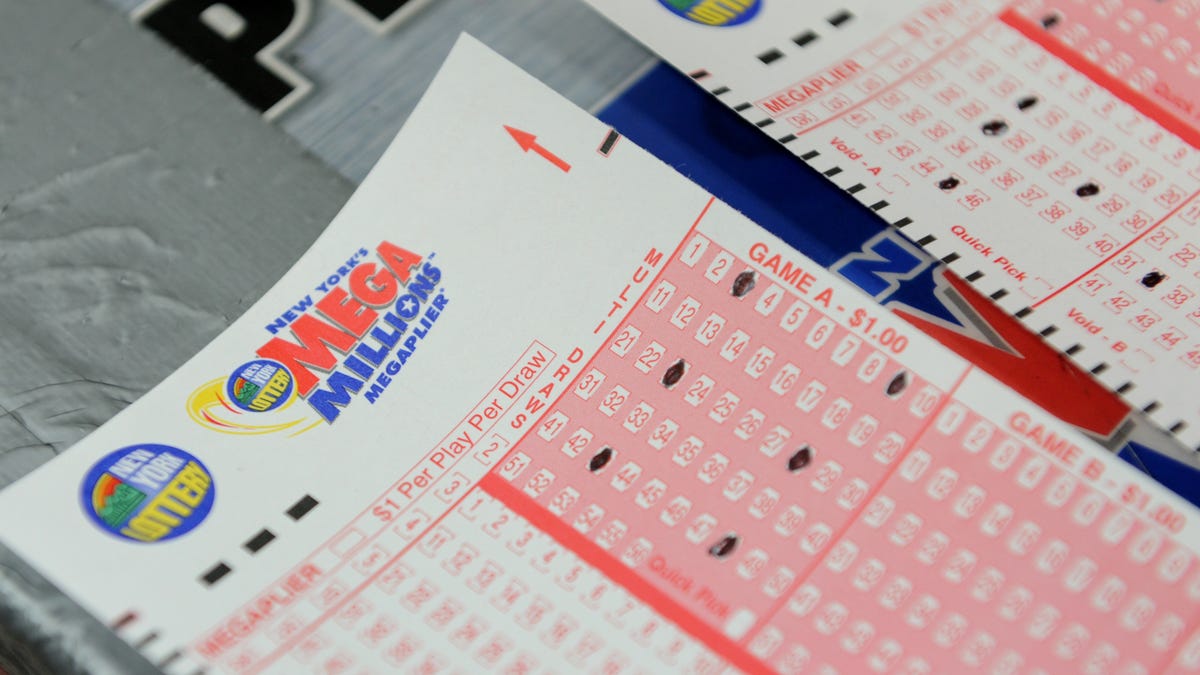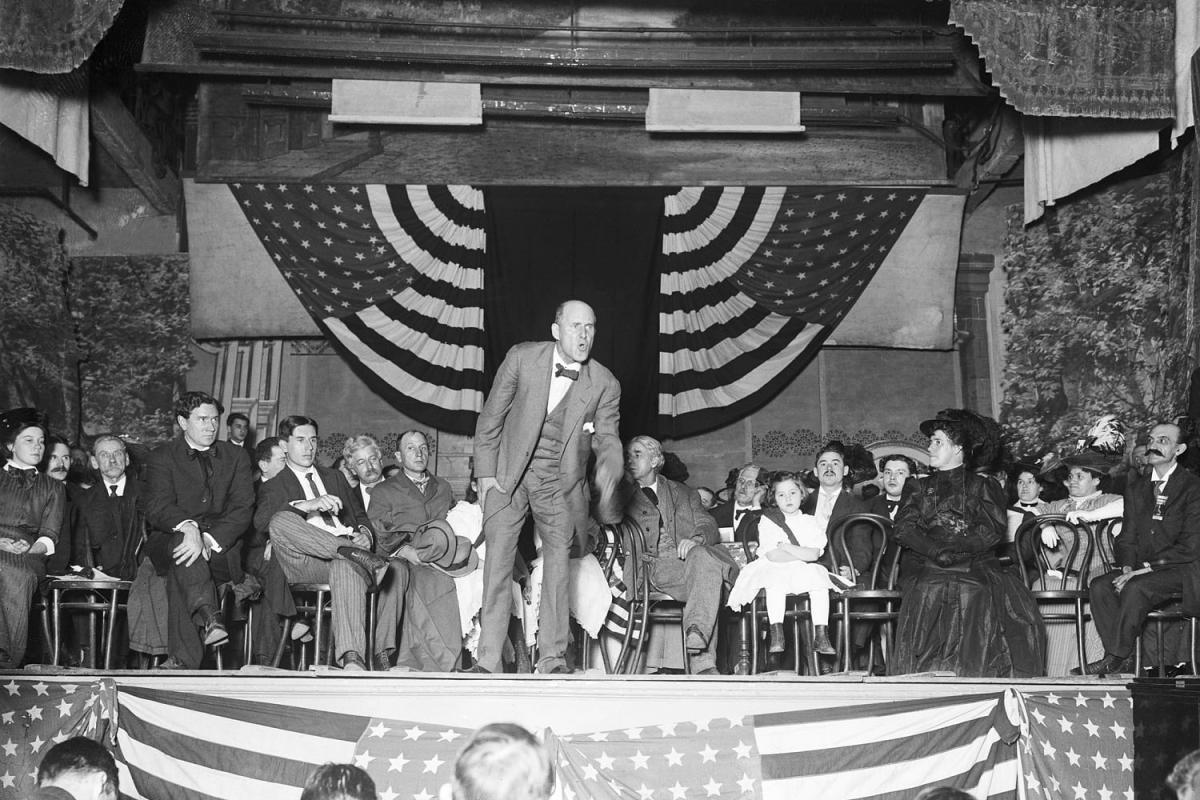Summary: A new study, utilizing data from over 276,000 people in the UK Biobank database, has found evidence supporting the antagonistic pleiotropy theory of aging, proposed by biologist George Williams in 1957. This theory suggests that genetic mutations promoting early reproduction might also accelerate aging.
The researchers discovered a strong negative correlation between reproduction and lifespan, indicating that genes promoting higher reproduction rates are associated with shorter lifespans. While environmental factors also play a significant role, this study provides genome-wide evidence for the evolutionary explanation of senescence, highlighting the trade-off between reproduction and longevity.
Key Facts:
- The study found that genes associated with higher reproduction rates tend to shorten lifespan.
- Mutations that increase reproduction but reduce lifespan are selectively favored according to antagonistic pleiotropy theory.
- The research provides substantial genetic evidence supporting the theory that aging arises as a byproduct of natural selection for earlier and more reproduction.
Source: University of Michigan
A University of Michigan-led study based on a review of genetic and health information from more than 276,000 people finds strong support for a decades-old evolutionary theory that sought to explain aging and senescence.
In 1957, evolutionary biologist George Williams proposed that genetic mutations that contribute to aging could be favored by natural selection if they are advantageous early in life in promoting earlier reproduction or the production of more offspring. Williams was an assistant professor at Michigan State University at the time.
Williams’ idea, now known as the antagonistic pleiotropy theory of aging, remains the prevailing evolutionary explanation of senescence, the process of becoming old or aging. While the theory is supported by individual case studies, it has lacked unambiguous genome-wide evidence.
In the new study, scheduled for publication Dec. 8 in Science Advances, U-M evolutionary biologist Jianzhi Zhang and a Chinese colleague tested the Williams hypothesis using genetic, reproductive and death-registry information from 276,406 participants in the United Kingdom’s Biobank database.
They found reproduction and lifespan to be genetically strongly negatively correlated, meaning that genetic mutations that promote reproduction tend to shorten lifespan.
In addition, individuals carrying mutations that predispose them to relatively high reproductive rates have lower probabilities of living to age 76 than those carrying mutations that predispose them to relatively low reproductive rates, according to the study.
However, the authors caution that reproduction and lifespan are affected by both genes and the environment. And compared with environmental factors—including the impacts of contraception and abortion on reproduction and medical advances on lifespan—the genetic factors discussed in the study play a relatively minor role, according to the authors.
“These results provide strong support for the Williams hypothesis that aging arises as a byproduct of natural selection for earlier and more reproduction. Natural selection cares little about how long we live after the completion of reproduction, because our fitness is largely set by the end of reproduction,” said Zhang, the Marshall W. Nirenberg Collegiate Professor in the U-M Department of Ecology and Evolutionary Biology.
Fitness is a concept biologists use to describe the degree to which an organism’s characteristics increase its number of offspring.
“Interestingly, we found that when you control for the genetically predicted amount and timing of reproduction, having two kids corresponds to the longest lifespan,” Zhang said. “Having fewer or more kids both lower the lifespan.” That result supports the findings of several previous studies.
Zhang’s co-author on the Science Advances paper is Erping Long of the Chinese Academy of Medical Sciences and Peking Union Medical College. Long was a visiting student at U-M when the study began.
In genetics, the concept of pleiotropy posits that a single mutation can influence multiple traits. The idea that the same mutation can be both beneficial and harmful, depending on the situation, is known as antagonistic pleiotropy and was proposed by Williams to underlie the origin of aging in a paper titled “Pleiotropy, natural selection, and the evolution of senescence.”
To a biologist, senescence refers specifically to a gradual decline of bodily functions that manifests as a decline in reproductive performance and an increase in the death rate with age.
The U.K.’s Biobank database enabled Zhang and Long to assess the genetic relationship between reproduction and lifespan at the genomic scale.
The researchers examined the frequency of 583 reproduction-associated genetic variants in the database and found that several of the variants associated with higher reproduction have become more common in recent decades, despite their simultaneous associations with shorter lifespan. The increased frequency of the variants is presumably a result of natural selection for higher reproduction.
“The antagonistic pleiotropy hypothesis predicts that most mutations that increase reproduction but reduce lifespan have larger fitness advantages than disadvantages so are selectively favored,” Zhang said.
Even so, human life expectancy, birth rate and reproductive behavior have all changed drastically in the last few decades. Specifically, more than half of humans live in areas of the world where birth rates have declined, along with increased incidences of contraception, abortion and reproductive disorder, according to the new study.
Global human life expectancy at birth, on the other hand, has steadily increased from 46.5 years in 1950 to 72.8 years in 2019.
“These trends are primarily driven by substantial environmental shifts, including changes in lifestyles and technologies, and are opposite to the changes caused by natural selection of the genetic variants identified in this study,” Zhang said.
“This contrast indicates that, compared with environmental factors, genetic factors play a minor role in the human phenotypic changes studied here.”
Funding: Funding for the study was provided by the U.S. National Institutes of Health, the National Natural Science Foundation of China and the Chinese Academy of Medical Sciences Innovation Fund.
About this genetics, aging, and reproduction research news
Author: James Erickson
Source: University of Michigan
Contact: James Erickson – University of Michigan
Image: The image is credited to Neuroscience News
Original Research: Open access.
“Evidence for the role of selection for reproductively advantageous alleles in human aging” by Jianzhi Zhang et al. Science Advances
Abstract
Evidence for the role of selection for reproductively advantageous alleles in human aging
The antagonistic pleiotropy hypothesis posits that natural selection for pleiotropic mutations that confer earlier or more reproduction but impair the post-reproductive life causes aging. This hypothesis of the evolutionary origin of aging is supported by case studies but lacks unambiguous genomic evidence.
Here, we genomically test this hypothesis using the genotypes, reproductive phenotypes, and death registry of 276,406 U.K. Biobank participants. We observe a strong, negative genetic correlation between reproductive traits and life span.
Individuals with higher polygenetic scores for reproduction (PGSR) have lower survivorships to age 76 (SV76), and PGSR increased over birth cohorts from 1940 to 1969. Similar trends are seen from individual genetic variants examined. The antagonistically pleiotropic variants are often associated with cis-regulatory effects across multiple tissues or on multiple target genes.
These and other findings support the antagonistic pleiotropy hypothesis of aging in humans and point to potential molecular mechanisms of the reproduction–life-span antagonistic pleiotropy.

Rachel Carter is a health and wellness expert dedicated to helping readers lead healthier lives. With a background in nutrition, she offers evidence-based advice on fitness, nutrition, and mental well-being.







